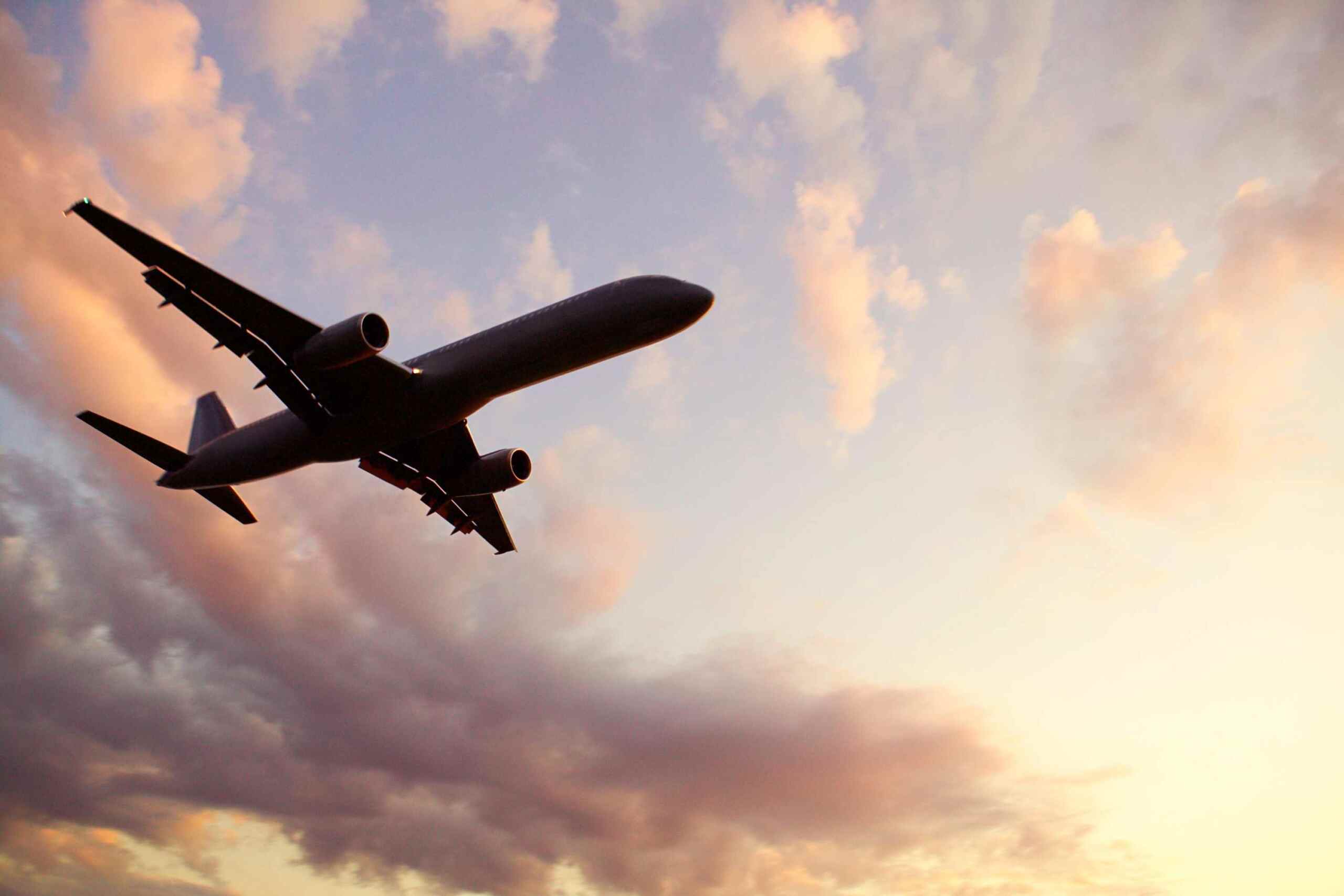The world's longest nonstop flight covers nearly 11,400 kilometers (7,080 miles) and lasts 19 hours and 20 minutes. Discover which airline operates it and how to handle such exhausting air travel.

Table of contents
Complaining about a three-hour flight might seem ridiculous after discovering that there’s a direct air route that lasts more than 19 hours. Yes, you read that right: almost an entire day on a plane, without stopovers, for what has just become the longest flight in the world.
The new record belongs to Xiamen Air
In October 2025, a new world record was set for the longest nonstop flight. According to Simple Flying, Chinese carrier Xiamen Air snatched the record from Singapore Airlines with a route connecting New York’s John F. Kennedy International Airport to Fuzhou Changle Airport in southern China: the journey lasts exactly 19 hours and 20 minutes.
This route isn’t entirely new: it was already operational between 2017 and 2020, then suspended and reinstated in 2024. The substantial difference from the past lies in the flight duration, which had never before reached such an extensive time block.
The distance covered is 11,387 kilometers (7,075 miles), equal to 6,752 nautical miles. An impressive figure, but one that alone doesn’t explain the nearly 20 hours of flight time. The main reason for this record duration lies in a strategic choice by the airline.
Why the flight lasts so long
Xiamen Air has decided not to cross Russian airspace during connections between the United States and China. This choice forces aircraft to take a much longer route, completely bypassing Russian territory. The result is a significant increase in travel duration.
Other airlines adopt different policies. Cathay Pacific, for example, flies over Russia on some occasions. For this reason, a Cathay flight from New York to Hong Kong can last up to 16 hours and 25 minutes, about three hours less than the route to Fuzhou.
The ten longest flights in the world
Travel magazine Afar has compiled a ranking of the longest nonstop flights currently operating. Here’s the complete list, ordered by duration:
First place goes to New York-Fuzhou at 19 hours and 20 minutes. In second place we find Newark-Singapore at 19 hours and 10 minutes, followed by New York-Singapore at 18 hours and 55 minutes. Fourth position is occupied by New York-Auckland at 17 hours and 45 minutes, the same time as the London-Perth route which ranks fifth.
In sixth place is Auckland-Doha at 17 hours and 20 minutes, while Dallas-Melbourne requires 17 hours and 35 minutes. Paris-Perth lasts 17 hours and 20 minutes, Dubai-Auckland 17 hours and 15 minutes. Closing the ranking is Johannesburg-Atlanta with exactly 17 hours.
Why these flights are becoming more common
Ultra-long nonstop flights are becoming more frequent thanks to technological advances in the aviation sector. Newer aircraft models can carry larger quantities of fuel, making routes that were once unthinkable now possible.
But there’s also a reason related to passenger preferences. Many travelers prefer to face a very long flight rather than having to deal with prolonged layovers. Transit airports can be stressful and there’s always the risk of missing a connection, with all the consequences that entails: delays, lost luggage, unplanned hotel nights.
How to handle such a long flight
Staying seated in a confined space for almost 20 hours is certainly no walk in the park. Industry experts suggest starting preparation well before boarding.
Flight attendants recommend exercising the day before departure. A gym session, a brisk walk, or even just stretching can make a difference, as suggested by Australian carrier Qantas Airlines’ Travel Insider magazine. Equally important is getting good rest: arriving at the airport already exhausted can prove to be a mistake.
Clothing also plays a fundamental role: comfortable, layered clothes allow you to adapt to cabin temperature changes. A scarf can transform into an eye mask, blanket, or makeshift pillow.
Other useful accessories include a travel neck pillow, earplugs and noise-canceling headphones. It’s essential to have all electronic devices fully charged and bring chargers and alternative entertainment like a book.
Hydration is very important, because when the body is dehydrated, mood worsens, energy drops, and even cognitive abilities suffer. Dehydration also causes dry skin, headaches, and irritability.
To feel good throughout the entire journey, it’s useful to bring a small kit with a brush, deodorant, toothpaste and toothbrush, not forgetting skincare products, which can help, as long as you use them hygienically.
